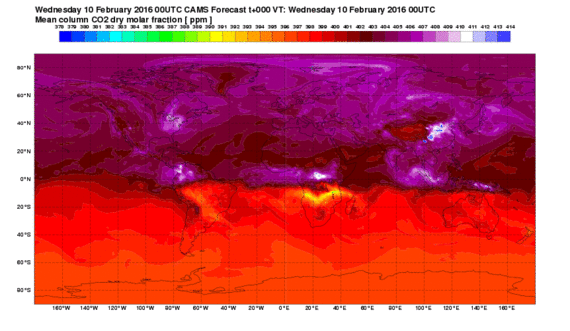- December 19, 2015
- in Green Tips
- by marcos
- 631
- 0

Don’t be fooled by the possibility of success following the climate summit in Paris in December. Even if all countries make commitments that could limit global warming to 1.5 degrees this century, this will still mean profound changes to the world we know.
There are the slow but serious changes to our environment: glaciers will melt, dramatically changing water flows in south Asia and parts of South America; sea levels will rise, uprooting hundreds of millions of people and making many of our cities difficult to inhabit; drought will drive whole populations off their land. Mass migrations will become a permanent feature of our century.
But there is also the strong likelihood of a dramatic increase in violent weather patterns: disasters will become the new normal.
Take the rise in sea levels: an eventual permanent rise will be preceded by years of extraordinary tides, storm surges and temporary floods.
The disturbing increase in severe weather over the past couple of decades is likely to continue, bringing stronger winds, more precipitation and more associated damage than we see today.
A depressing view of the future? Certainly. So much so that most of us – including our political leaders – are prone to ignore the solid science behind these warnings and wander into the future unprepared.
Yet, humans are an amazing species. We are endowed with the ability to plan and prepare, and in doing so, we are seemingly able to adapt to almost any change. We are among the most resilient species on the planet.
Resilience – the ability to withstand or recover from shocks – does not simply mean to survive severe punishment; it means planning, preparing and building structures and systems that can deal with the shocks.
So far, disaster planning – in particular in developing countries – is mainly about how to reduce loss of life and rebuild after disasters. If we are to meet the challenges we are facing with the violent effects of global warming, we need to build resilience into all our planning for the future.
We need to build with the thought of withstanding disasters into everything we do: our buildings, our infrastructure (including our digital infrastructure); our social safety nets; even governance systems.
Some of this is obvious: sturdy buildings and solid levees protect people. But so does “soft infrastructure”, such as universal health insurance, land registries and property insurance. Between them, they increase the chances that the poor can cope with the effects of calamities without economic ruin.
The main difference between the 13 dead of Chile’s Richter Scale 8.4 earthquake in September and the more than 230,000 dead from Haiti’s 7.0 earthquake in 2010 is good resilience planning. Chile will probably notice little more than a blip in its economic growth because of the earthquake: Haiti is still struggling to rebuild the nation’s economy.
Building the ability to withstand shocks into our social and physical infrastructure has always been a smart investment. Looking at the future we are facing, it is an essential one.
Yet, we have come to believe a terrible fallacy: that the toll of disasters is simply linked to poverty rather than resilience. That fallacy feeds fatalism: we shake our heads in sad acceptance when 10,000 people are killed in typhoon Haiyan in the Philippines; yet, we are shocked by single-digit casualties in California wild-fires.
While building resilience takes investments, it is nonsense to believe that resilience is a luxury only rich countries can afford. Relatively simple measures, such as enforcing basic building codes, setting minimum standards for the quality of schools, hospitals and other essential public buildings, building basic protective structures against the sea, ensuring back-up systems for electricity and communications, etc. could dramatically reduce casualty figures and reduce economic damage in low-income countries at a fairly low price. Certainly, the price of building resilience is always lower than the price of reconstruction after a disaster has struck.
The outcome in Paris was a commitment to reduce carbon emissions to avoid a catastrophe in the future; but we should not lose sight of our commitments to prepare for disasters already inevitable.
Grete Faremo, a former Norwegian minister of development cooperation, oil and energy, justice and defense, is the Executive Director of the UN Office for Project Services, UNOPS.
— This feed and its contents are the property of The Huffington Post, and use is subject to our terms. It may be used for personal consumption, but may not be distributed on a website.


